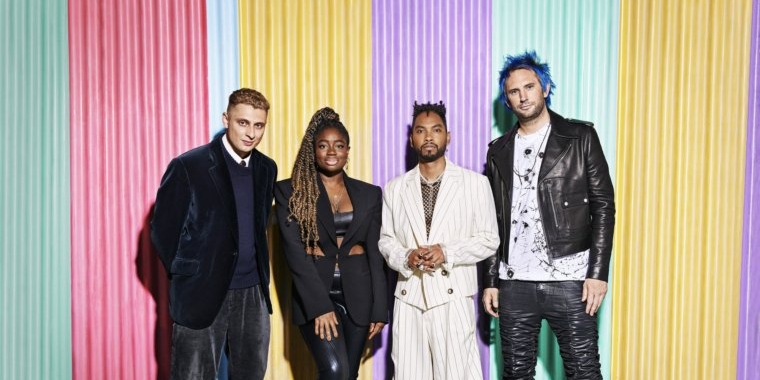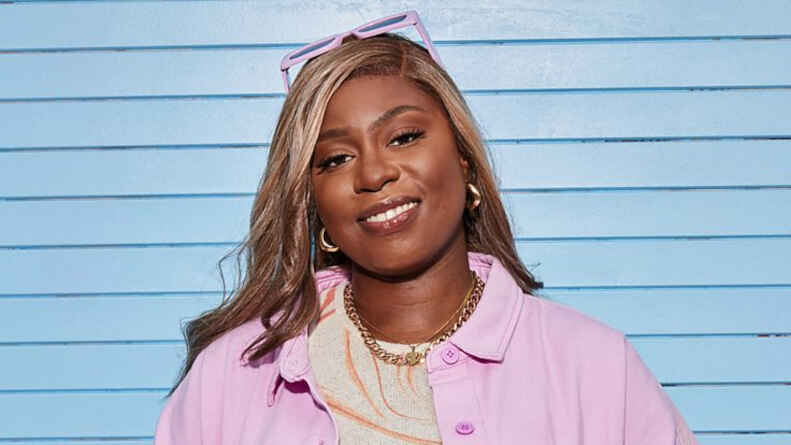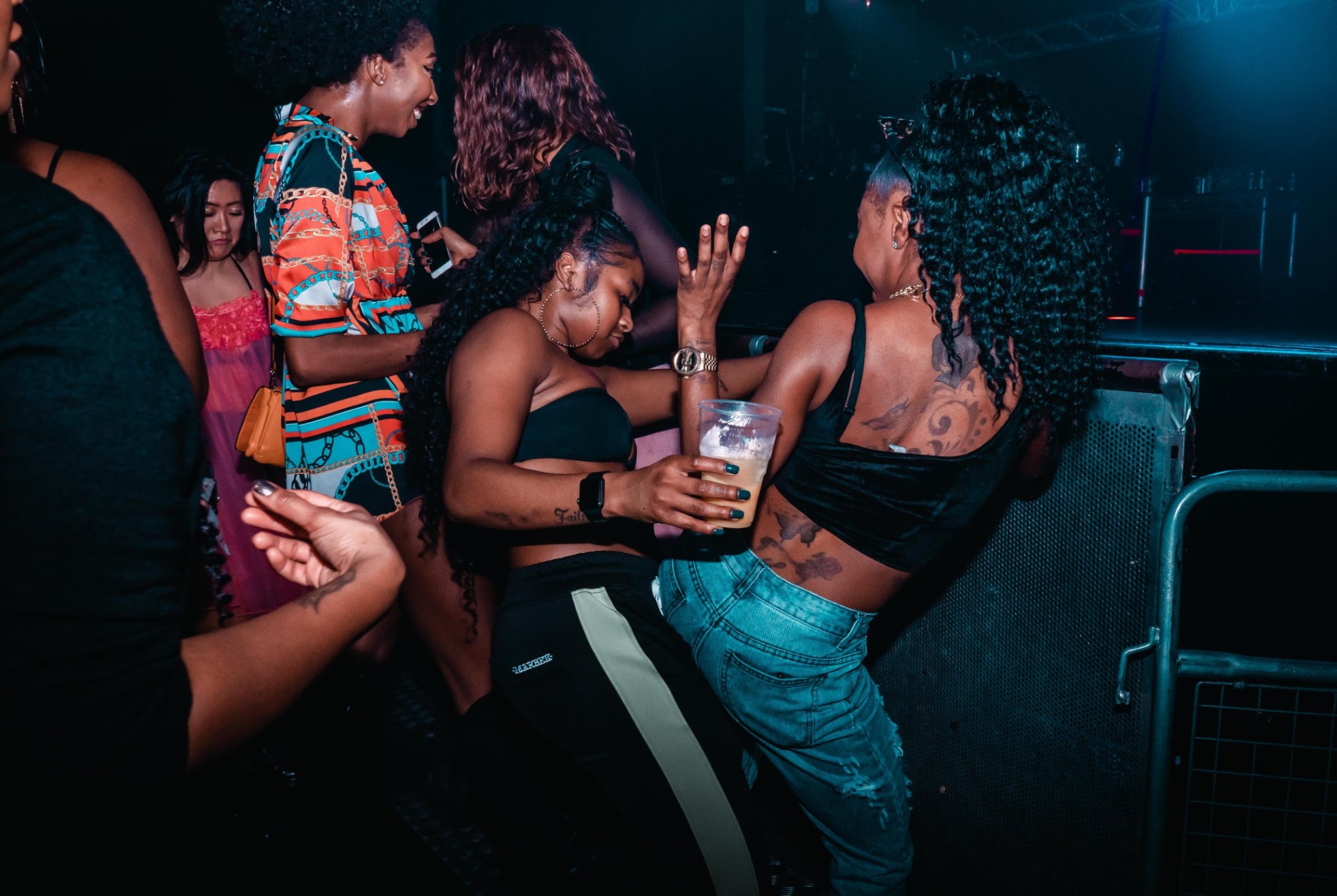Everything You Need To Know About New BBC Fashion Contest, The Drop

Somewhere between Project Runway and PAQ challenges, The Drop, BBC Three’s new fashion competition, brings together some of the hottest new UK streetwear designers. Each week they battle it out to win their brand a career-changing partnership with luxury department store Flannels.
The format may be well-worn, but the Drop distinguishes itself in daring contestants to showcase their design prowess and their marketing know-how as they must construct a ‘drop’ to accompany each week’s designs. This unique spin highlights that success in streetwear culture is about building hype and consumer loyalty as well as creating quality garments.
Though it purports itself as a celebration of all things streetwear, it doesn’t always hit the mark. The choice of host city and certain questionable featured judges (both recurring and guest) prove a slight disconnect between The Drop’s producers’ conceptualisation of streetwear and the true origins of the culture.
Manchester is many wonderful things, but proclaiming it as the UK’s streetwear capital seems a bit of a reach. One can only assume that the architects of the show took one look at the city’s thriving student population and their love of all things thrifty, battered and branded and equated that with streetwear sensibilities. Yes, you may be likely to see more popular streetwear logos in Manchester’s city centre than any other British metropolis, but Peters and Poppies in worn-out Airmax and this season’s latest Off-White does not equate to a population of streetwear experts.
Streetwear is about ingenuity born of strife, turning frustrations into flex, challenging expectations of what’s drippy vs disordered. It is not about the lazy styling that comes from having too much cash to burn and taking all your fashion inspiration from Instagram. So the portion of the show where Manchester’s ordinary ‘streetwear enthusiasts’ are brought in to judge the designers drops kind of falls flat. In the pilot episode, there was palpable discomfort on the participant’s faces as they searched for something profound to say about a culture they clearly knew very little about.

Adding to the show’s overall sense of poser-dom are judges Blondey McCoy and Marc Jaques Burton. Both men have seen huge success with their brands Thames MMXX and MJB, so it’s understandable that they may be seen as industry experts. However, their experiences as wealthy white men with noteworthy industry connections, breaking into an over-saturated streetwear market, couldn’t be farther from the contestants starting from the bottom, with no seed-money or high-flying networks.
Not for lack of trying, both men seem at a loss for any helpful advice to give to competitors, who scramble under a tight deadline to construct a collection and an eye-catching branded display to accompany it. Fortunately, this awkwardness is somewhat offset by the show’s presenter Clara Amfo and head judge Miguel, who are more connected to true streetwear culture. Having grown up on the streets of South London and LA, respectively, and with a deep understanding of the musical origins of street fashion, they are the show’s only permanent appointments that make sense.

Thankfully, for the first week, they were joined by guest judge JME, who ensured that upcycling brand, Misemi, won the first challenge for the bold and beautifully-crafted puffer jacket inscribed with the brand’s ethos “they love our culture, but they don’t love us.” Misemi is the brainchild of London-born, Essex-raised Missy Yussuf, whose keen eye for colour and strong sense of branding makes her one of the show’s most promising competitors. 27-year-old Missy takes part in the competition alongside designers Kemi (21) from Berkshire, Leeds-native Sophie (27), Luke (28) from Manchester, Sam (26) from Bolton, Ola (25) also from Leeds, Scouser turned London resident Ruth (28) from Liverpool/London, Ibbz (21) from Edinburgh, and Saaba (28) a CSM graduate from London.
Despite a lack-lustre judging panel and odd choice of host city, The Drop is worth the watch if for Clara’s enthusiasm, Miguel’s soft-spoken advice and the contestant’s talent alone. It’s exciting to see the next generation of British streetwear brands in their earliest stages. It breeds a renewed sense of appreciation for the work that goes into building a sellable brand that honours the culture and stands out from the crowd.
Discover more from GUAP’s Fashion section here





![ZINO VINCI’S ‘FILTHY & DISGUSTING’EP BRINGS YOU TO THE CORE OF THE ARTIST [@ZinoVinci]](https://guap.co/wp-content/uploads/2023/10/Zino-4.jpg)



